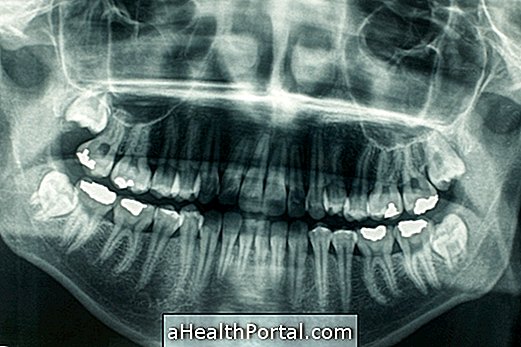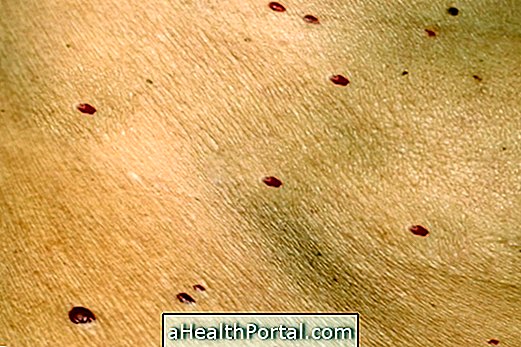Cleo-Cranial Dysplasia is a very rare genetic disorder in which there is a delay in the development of skull bones and the child's shoulder region.
The main features of this type of dysplasia include:
- Delay in closure of the molleiras in the baby;
- Chin and forehead protruding;
- Very broad nose;
- Shorter or absent clavicles;
- Narrow shoulders and very flexible;
- Late growth of teeth.
In addition, the disease can also affect the spine and, in such cases, other problems such as scoliosis and short stature, for example.

Who can have this disease
Cleo-Cranial Dysplasia is more common in children in which one or both parents have the disease, however, as it is caused by a genetic disorder, cleo-Cranial Dysplasia may also occur in children of people who do not have the disease due to a mutation genetics.
However, this disease is very rare appearing only one case in every 1 million births worldwide.
How to confirm the diagnosis
The diagnosis of cleidocranial dysplasia is usually made by the pediatrician after observing the characteristics of the disease. Therefore, it may be necessary to have diagnostic tests, such as x-rays, to confirm changes in bones in the skull or chest, for example.
How is the treatment done?
In many cases it is not necessary to make any type of treatment to correct the changes caused by the cleidocranial dysplasia, as they do not impede the development of the child nor prevent it from having a good quality of life.
However, in cases of greater malformation, it is common for the physician to recommend performing dental surgeries to place dentures or remove teeth, adjusting the structure of the boa and its natural development.
In addition, during the development of the child it is important to have regular visits to the pediatrician and an orthopedist to assess if new complications arise that need to be addressed to improve the quality of life of the child.























